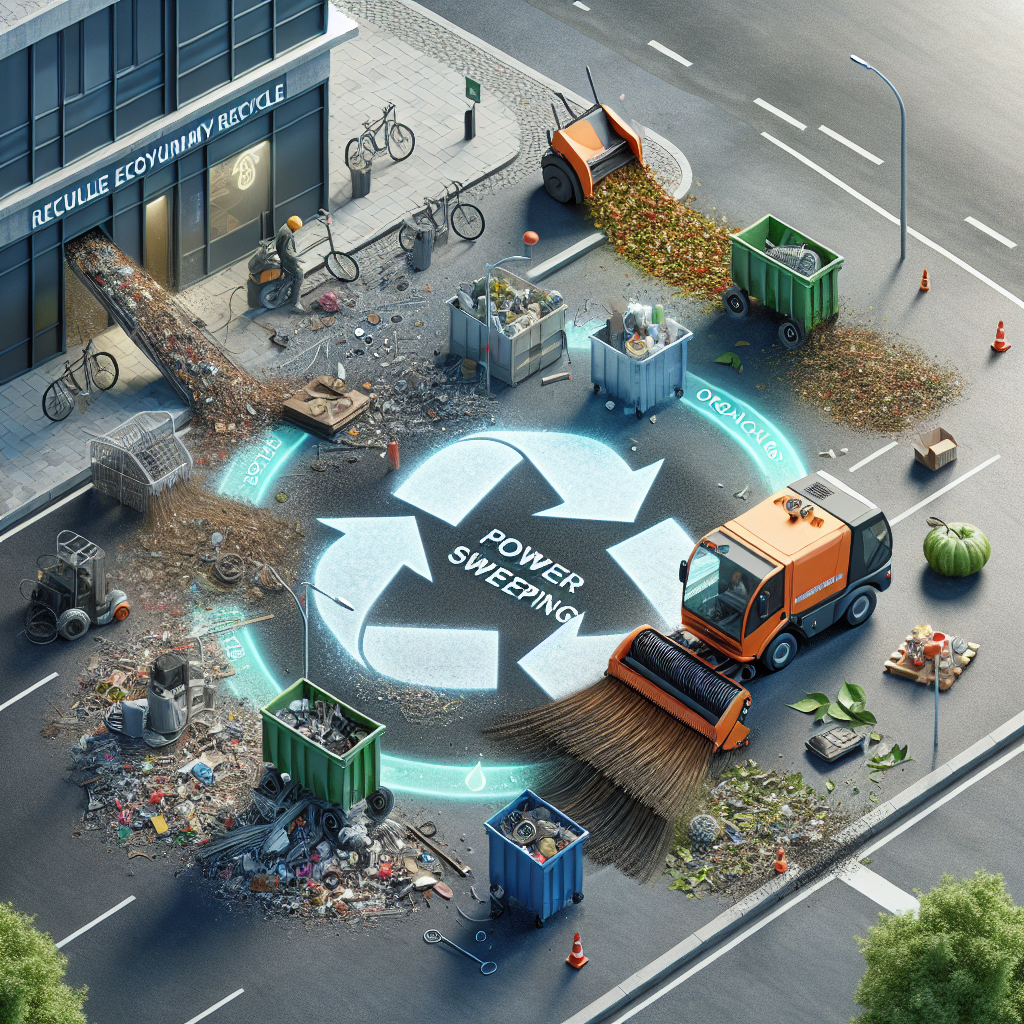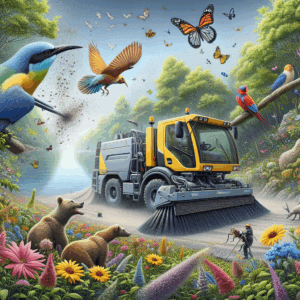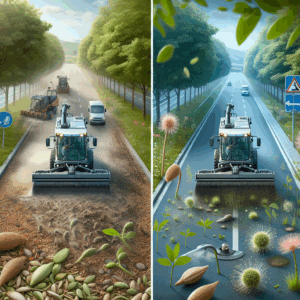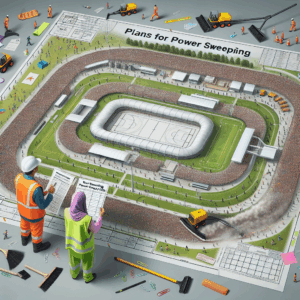Power Sweeping and the Circular Economy: Recycling Street Debris
Imagine walking down a clean street with trash nowhere to be seen. Have you ever wondered how streets stay so tidy? It isn’t just magic. Power sweeping is a big part of making our streets look nice and clean. But did you know that power sweeping can also help the environment by supporting the circular economy?
First, let's understand what power sweeping is. Power sweeping is when special machines, called street sweepers, clean roads and sidewalks. They pick up leaves, trash, dirt, and other debris. This keeps our neighborhoods looking great and also helps prevent problems like flooding and pollution.
Now, let’s talk about the circular economy. Normally, in a linear economy, things are made, used, and then thrown away. But in a circular economy, we try to reuse and recycle as much as we can. This helps save resources and reduces waste. It’s like turning old things into something new.
So, how do power sweeping and the circular economy work together? When street sweepers collect debris, this doesn’t necessarily mean it all goes to landfill. Instead, many places are finding clever ways to recycle some of that street debris. Here are some examples of how street debris can be reused:
-
Composting Organic Waste: Leaves, grass, and other natural materials collected by street sweepers can be turned into compost. Compost is like food for plants. It helps them grow by providing nutrients to the soil. Cities can use this compost in parks and gardens, making green spaces more beautiful and healthy.
-
Recycling Road Materials: Sometimes street sweepers find pieces of asphalt or concrete. Instead of throwing them away, these materials can be recycled. They can be crushed and used to make new roads. This saves money and resources because we use less new material.
-
Transforming Trash Into Energy: Some cities use a technology called "waste-to-energy." This means that they can turn the trash collected by street sweepers into electricity. It helps power homes and businesses while reducing the amount of waste in landfills.
-
Repurposing Metal and Plastics: Street sweepers sometimes collect small pieces of metal or plastic. These can be sent to recycling centers where they are melted down and turned into new products, like cans or bottles. This helps reduce the need to produce new metal and plastic.
By recycling street debris, cities are not just keeping roads clean; they are also making sure that they are part of the circular economy. This helps save natural resources, reduces pollution, and makes our world a greener, better place to live.
Moreover, people can help, too! We can start by reducing how much trash ends up on the streets. Using less plastic, recycling at home, and picking up litter when we see it are all simple ways we can contribute.
In conclusion, power sweeping is more than just cleaning the streets. It plays a big role in creating a circular economy where resources are reused and recycled. The next time you see a street sweeper, you can feel good knowing that it’s doing more than just cleaning; it’s helping save the planet, one sweep at a time. By being mindful and responsible, we can all help in making our communities cleaner and more sustainable places to live.









